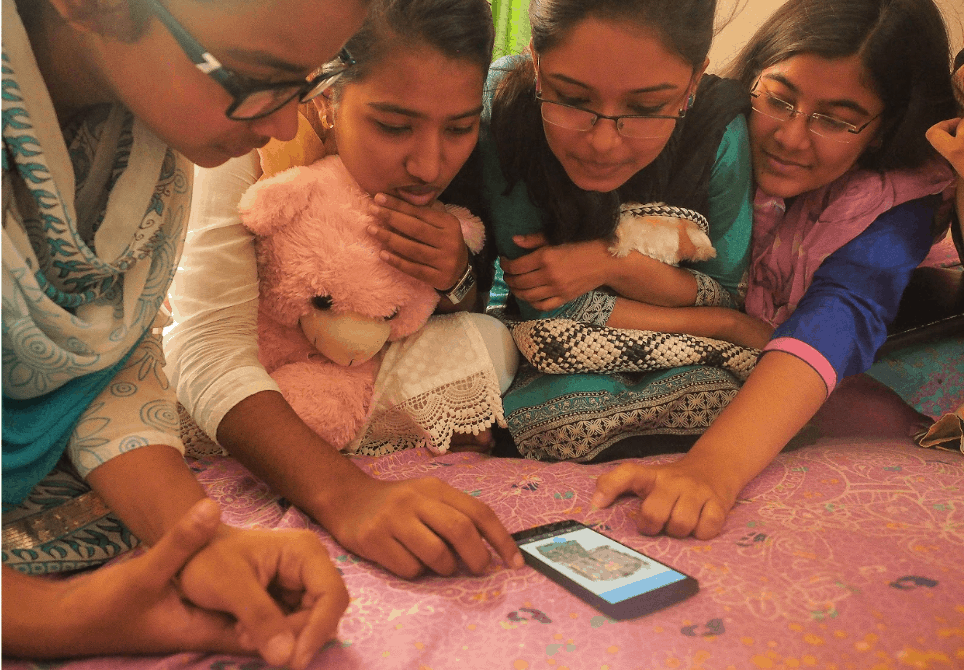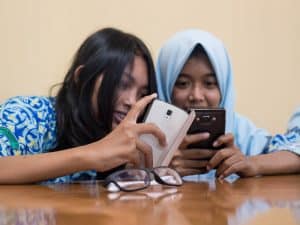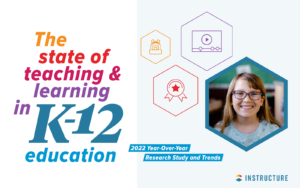How Do We Teach the Internet?

By An-Me Chung
By 2025, 5 billion people will be online. That’s big news–for new users, for educators and for the internet.
For billions of new users (especially those in emerging markets), internet access can be life-changing. It opens up whole new avenues for education: learning can happen remotely, in a native language, on a flexible schedule and at no cost.
As a result, the internet unlocks tremendous personal, civic and economic opportunity.
At Mozilla, our mission is to keep the internet an open and public resource for all. But a major question remains: How exactly do you teach the internet to billions of new users? Especially in emerging markets, where formal education can be scarce and desktop computers scarcer?

When teaching the three Rs–reading, writing and arithmetic–we rely on centuries of experience. First addition, then geometry, then calculus. First phonetics, then reading comprehension, then critical analysis.
The roadmap for the internet is still evolving. Where do we start, and what topics are fundamental? How do you teach search engine prowess? When do you teach the basics of data privacy? And should everyone learn HTML?
If we don’t begin to address these questions, billions of new and existing users will fail to unlock the opportunity afforded by the internet.
What is Web Literacy?
The answers lie in first understanding the skills needed to succeed online, or “web literacy.” Web literacy is a collection of core skills and competencies required to meaningfully read, write and participate online. It includes search engine know-how, design basics, online privacy basics and a working understanding of sharing, open source licensing and remixing.
With web literacy, new users can meaningfully leverage the digital world for success. Teachers can share interactive lesson plans with students. And students can leverage the Web for research and further, extracurricular learning. Being web literate doesn’t–and shouldn’t–have to mean knowing how to code. But when new users have a fundamental understanding of web mechanics, they’re able to realize the internet’s full potential.
Web literacy alone isn’t enough–it needs to be complemented by 21st-Century skills like problem solving, communication, creativity and collaboration. When coupled with web literacy, possessing these skills transforms the internet into a formidable learning tool, creative platform and so much more. Recently, we worked with educators across our community to map out and visualize the components of web literacy, and how they dovetail with 21st-Century skills. The result: an interactive Web Literacy Map educators can use as a foundation for learning and teaching the Web.
Hands-on Web Learning
Having a handy blueprint or lesson plan is always helpful, but most educators will tell you the real challenge is actively teaching skills. And the Web isn’t something that’s best taught from a textbook: Hands-on learning works best. When learners can peer at the code behind their favorite web page–or simply write HTML on a chalkboard–teaching web literacy becomes simple.
Fortunately, more and more education organizations and nonprofits are developing immersive (and free) ways of teaching web literacy. Innovative organizations like the New York City-based nonprofit MOUSE and the UK-based edtech group DrumRoll have created amazing tools for educators and learners. For example, a video game featuring kittens (that also teaches HTML), or a game that teaches search basics while you research sea monsters.

Education organizations and nonprofits are also becoming more adept at teaching web literacy on a grassroots level. Organizations like UN Women and the Bill & Melinda Gates Foundation are empowering internet-savvy informal educators on the ground in the global south, where digital skills are so greatly needed.
We’ve seen it work first-hand. The dentist in Indonesia who teaches code on weekends. The community activist in Kenya who teaches after-school programs for free. When equipped with free and open web literacy curricula, these educators can make the greatest difference.
It’s important to remember internet access alone isn’t enough–it must be coupled with web literacy, the ABCs of participating online. When billions of new users discover a Web they can shape and meaningfully use, the opportunities are limitless.
For more, see:
An-Me Chung is Mozilla’s Director of Strategic Partnerships, helping lead its web literacy work. Follow her on Twitter: @anmechung.
Stay in-the-know with all things EdTech and innovations in learning by signing up to receive the weekly Smart Update.







0 Comments
Leave a Comment
Your email address will not be published. All fields are required.